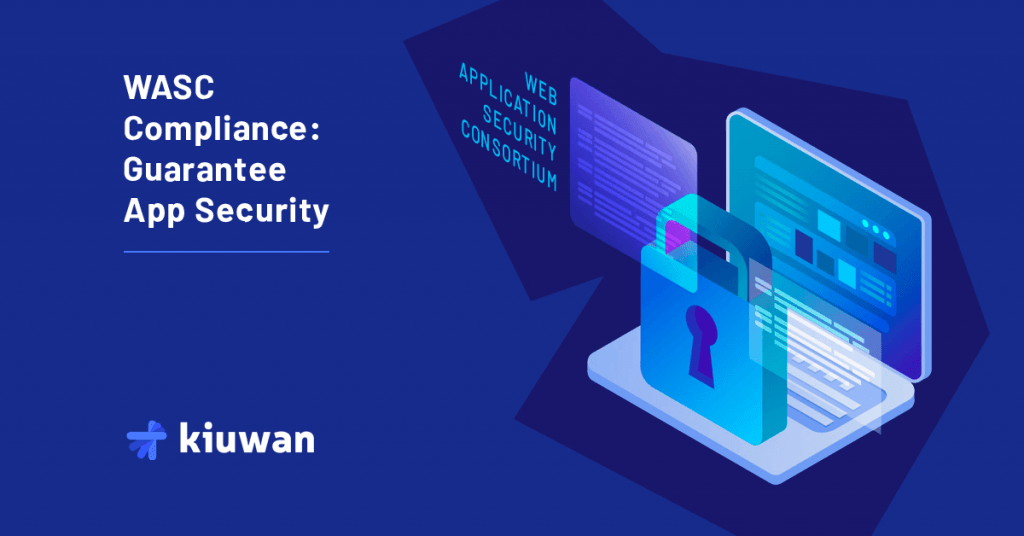

Over the past two decades, DevOps processes have successfully sped up the app development lifecycle and reduced the complexity and workload for software engineers. However, following the initial market boom, security and privacy were two of the most neglected elements of web app development, leading to increased data leaks and breaches.
Fortunately, an upgrade to DevOps, adequately named DevSecOps, has provided a lifeline for companies looking to weather this storm. Along with DevSecOps, companies are more interested in seeking standardized guidelines and safeguards for their software development to help them maintain product security, with WASC being one such sought-after standard.
The Web Application Security Consortium (WASC) is the brain behind the WASC standard. It’s a non-profit group of international experts, industry practitioners, and business representatives with the intent of developing security standards for web-based applications through open-source and free-to-use security standards.
The WASC uses a threat classification model that offers extensive information on attacks, usually targeting web applications, their data, or their users. The group’s information is well-researched and up-to-date, and many educators use the available material to handle specific threats. Furthermore, the WASC is in charge of the Web Hacking Incident Database (WHID), a repository of security-related incidents in which web applications and databases were the targets of attacks.
They include statistics for each security incident, insights into some of the most devastating threats, and how to mitigate them. By considering this data during the early stages of development and throughout update roll-outs, organizations would be better equipped to handle security challenges and create secure web services for their users.
WASC classifies the top security threats as:
Earning a WASC accreditation is one of the best ways for organizations to guarantee the security of their web applications. However, to be WASC compliant, developers must continuously test their applications for common exploits and zero-day vulnerabilities.
Using specialized cloud-based security testing tools and services helps achieve security compliance. They scan for open ports and back doors susceptible to malicious activity, allowing developers to fix the vulnerability before a malicious third party exploits it.
Some of the areas that meet the requirements of WASC compliance include:
The best approach to dealing with weaknesses, vulnerabilities, and flaws in the app’s source code is to regularly compare its performance against threats to a known standard throughout the Software Development Lifecycle (SDLC). Many teams utilize penetration testing and ethical hacking at multiple milestones in the development process to minimize the risk of a security breach upon release.
Static application security testing (SAST) is a software testing methodology that analyzes the source code for vulnerabilities without factoring in data flows, operations, and communication protocols. By integrating SAST into the DevSecOps process, developers can work on fixing flaws in the code as soon as they’re discovered before building new features on a faulty foundation.
By setting a number of foundation rules, developers can avoid introducing new vulnerabilities as the application’s code steadily grows into the tens of thousands of lines. By regularly combing the code for weaknesses, development teams can minimize the complexity and time spent on last-time code checkups.
The OWASP Top 10 Issues protocol is an excellent place to start with the advanced stage of the DevSecOps process. During this process, developers set session management rules, denial of service experimental scenarios, insecure direct object references, weak encryption, and malicious file execution.
The final stage of the integration process involves a comprehensive rule set. Here, developers would build a custom strategy that includes head injection, open redirect, XML injection, LDAP injection, and expression language injection to test the robustness of security measures.
With the SAST integration, the software development team will be able to:
No testing needs to be done manually anymore, as you can choose between many comprehensive application security tools that best suit your application security goals. Usually, automated code review codes help boost application security from the design stage to the assembly process, and the development team would face no difficulty meeting web application security standards like WASC.
The integrity of an application ultimately depends on how seamlessly it integrates with the rest of the legacy systems. Incorporating the DevSecOps process into your application development lifecycle is the best strategy for pointing out and removing security vulnerabilities before your product hits the market.
Tools like Kiuwan help dev teams create a precise application security program, resulting in WASC-compliant apps. Request a free demo of Kiuwan and make built-in app security an integral part of software development.


